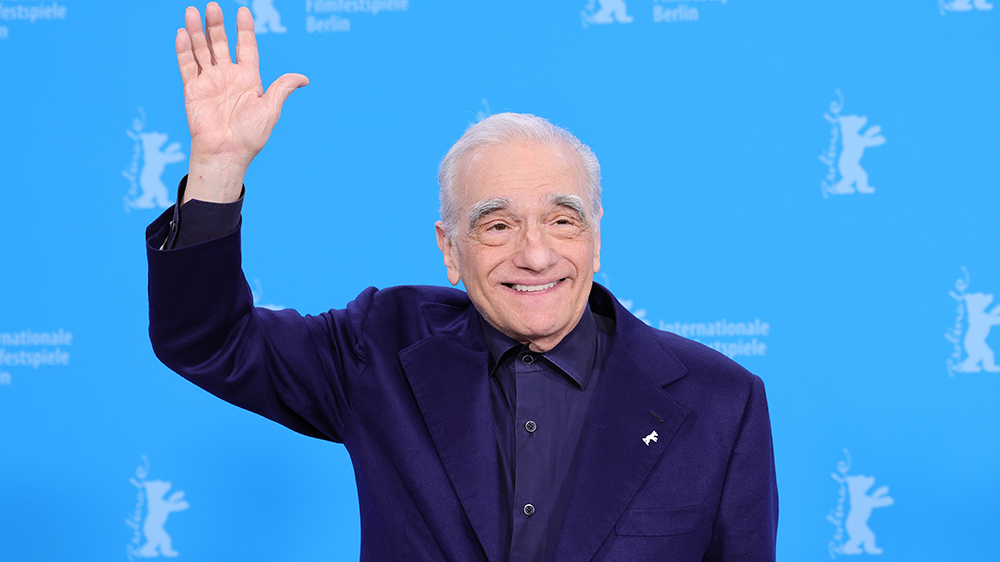Martin Scorsese Producer David O. Selznick’s Ahead of PGA Award Honor
Over the course of his long career, Martin Scorsese has amassed scores of producing credits on projects ranging from “Uncut Gems” to “Once Were Brothers” and “Vinyl” in addition to his own work on films such as Oscar and PGA nominee “Killers of the Flower Moon.” His love of cinema and preservation of it is well established, making him a more than worthy recipient of the PGA’s David O. Selznick Achievement Award in Theatrical Motion Pictures.
But, technically speaking, Scorsese wasn’t much of a producer during the first three decades of his career. He’s listed as a producer on his early short films “Vesuvius VI” (1959) and “The Big Shave” (1967) and an associate producer on the music documentary “Medicine Ball Caravan” (1967). But he didn’t take another producing credit until the 1990 feature “The Grifters,” directed by Stephen Frears, and he didn’t take one on a film he directed until 2010’s “Shutter Island.”
What changed? Not much, according to Scorsese. “I’ve always been involved throughout the entire production process,” he says. It was simply that “my collaborators and I felt like it was time that I took a credit that reflected that.” His basic approach as a producer: “Everything is about the good of the picture — the process of getting it onto the screen.”
Given his knowledge of and passion for film history, it’s no surprise to hear him wax rhapsodic about David O. Selznick, who produced everything from the iconic blockbusters “King Kong” (1933) and “Gone With the Wind” (1939) to the first movie Scorsese ever saw, the Western “Duel in the Sun” (1946).
“Hollywood had many great producers, people who really left their mark on the history of moviemaking, but why does David O. Selznick stand alone?” asks Scorsese. “Maybe it’s because he was such an unusual mix of qualities. He had a producer’s showmanship and sense of grandeur, a mogul’s determination, and a truly obsessive artistic drive. This is a man who would not stop until he got exactly what he wanted up there on the screen.”
Scorsese has often had to summon that Selznick-ian determination, and not just on epic films like “Killers of the Flower.” “I find that force of will is necessary on pretty much every picture, no mat- ter what the scale,” says Scorsese. “I put everything of myself into all my pictures, and I always did the best I could.”

